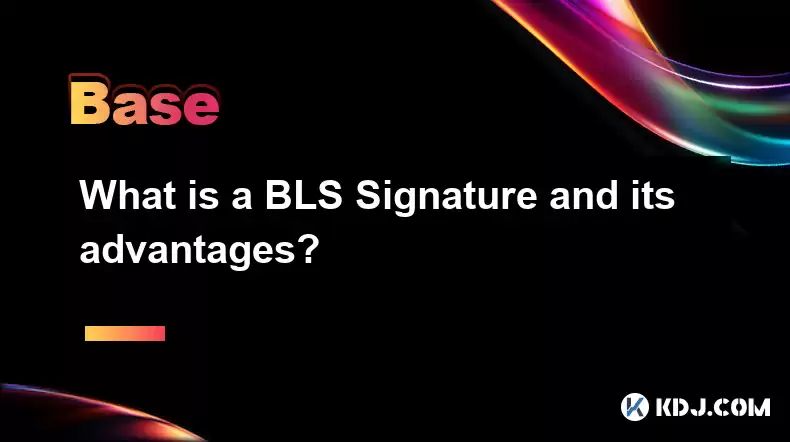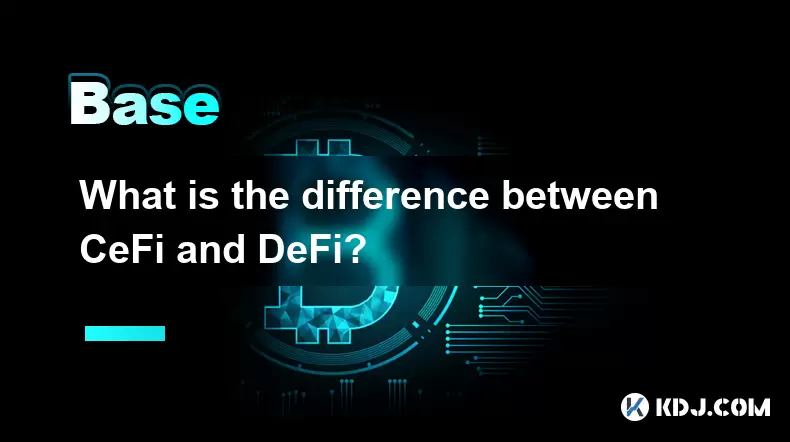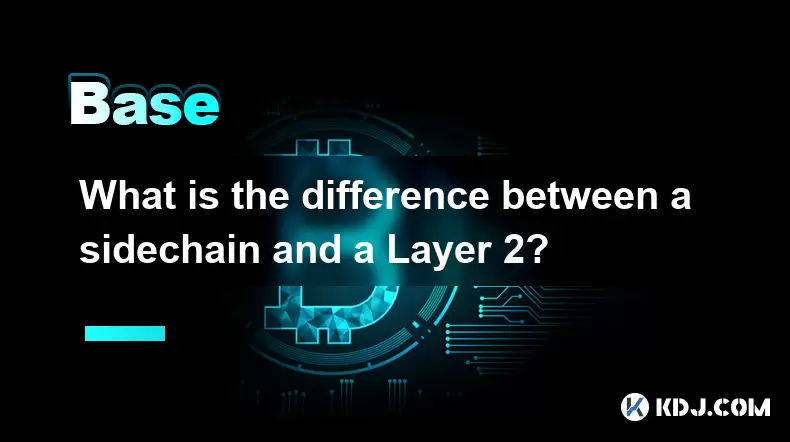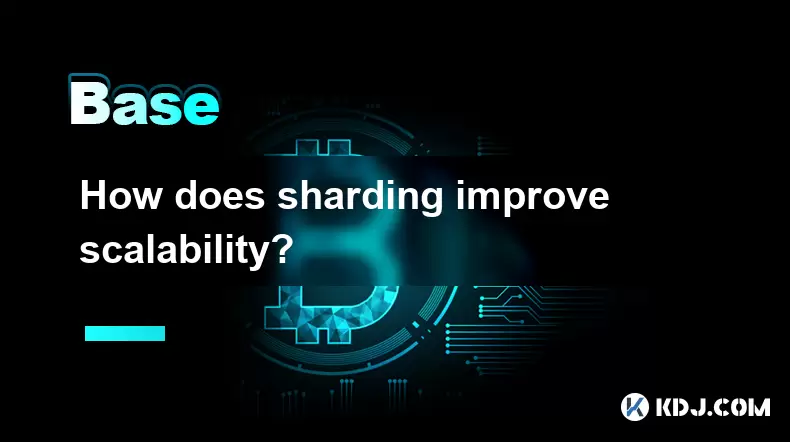-
 Bitcoin
Bitcoin $114100
-0.14% -
 Ethereum
Ethereum $3635
-0.73% -
 XRP
XRP $2.949
-2.85% -
 Tether USDt
Tether USDt $0.9999
-0.03% -
 BNB
BNB $760.3
-0.78% -
 Solana
Solana $163.8
-2.77% -
 USDC
USDC $0.9998
-0.04% -
 TRON
TRON $0.3323
-0.57% -
 Dogecoin
Dogecoin $0.2004
-2.99% -
 Cardano
Cardano $0.7245
-2.87% -
 Hyperliquid
Hyperliquid $37.52
-3.75% -
 Stellar
Stellar $0.3915
-3.58% -
 Sui
Sui $3.416
-2.20% -
 Bitcoin Cash
Bitcoin Cash $559.5
-0.84% -
 Chainlink
Chainlink $16.41
-2.16% -
 Hedera
Hedera $0.2406
-1.78% -
 Ethena USDe
Ethena USDe $1.001
0.00% -
 Avalanche
Avalanche $22.13
-1.98% -
 Litecoin
Litecoin $117.8
-4.32% -
 UNUS SED LEO
UNUS SED LEO $8.989
0.01% -
 Toncoin
Toncoin $3.183
-5.09% -
 Shiba Inu
Shiba Inu $0.00001214
-1.97% -
 Uniswap
Uniswap $9.654
-1.71% -
 Polkadot
Polkadot $3.616
-1.18% -
 Monero
Monero $291.6
-2.66% -
 Dai
Dai $0.9999
0.00% -
 Bitget Token
Bitget Token $4.310
-1.10% -
 Cronos
Cronos $0.1382
-1.93% -
 Pepe
Pepe $0.00001021
-3.40% -
 Aave
Aave $257.9
-1.42%
What is a BLS Signature and its advantages?
BLS signatures use bilinear pairings for compact, aggregatable digital signatures, enhancing efficiency in blockchain and cryptocurrency applications.
Apr 11, 2025 at 05:00 am

A BLS (Boneh-Lynn-Shacham) signature is a type of digital signature scheme that leverages bilinear pairings in cryptography. It is named after its inventors, Dan Boneh, Ben Lynn, and Hovav Shacham. BLS signatures are particularly valued in the cryptocurrency and blockchain space due to their unique properties and advantages. In this article, we will explore what BLS signatures are, how they work, and the specific benefits they offer within the cryptocurrency ecosystem.
What is a BLS Signature?
BLS signatures are a type of cryptographic signature that uses bilinear pairings, which are mathematical operations that take two elements from one group and map them to an element in another group. This property allows BLS signatures to achieve certain efficiencies and functionalities that are not possible with traditional signature schemes like ECDSA (Elliptic Curve Digital Signature Algorithm).
The core idea behind BLS signatures is to use these bilinear pairings to create signatures that are both short and verifiable. A BLS signature typically consists of a single group element, making it much smaller than other signature schemes. This compactness is one of the key advantages of BLS signatures, especially in environments where bandwidth and storage are at a premium.
How BLS Signatures Work
To understand how BLS signatures work, it's important to grasp the concept of bilinear pairings. A bilinear pairing is a function e: G1 x G2 → GT, where G1, G2, and GT are groups, and e satisfies certain properties. In the context of BLS signatures, these groups are typically elliptic curve groups.
The process of generating and verifying a BLS signature involves the following steps:
- Key Generation: The signer generates a private key sk and a corresponding public key pk. The private key is a random element from the group G1, and the public key is derived from the private key using a generator point in G2.
- Signing: To sign a message m, the signer hashes the message to a point in G1 and then multiplies this point by the private key. The result is the BLS signature.
- Verification: To verify the signature, the verifier computes the bilinear pairing of the signature and the generator point in G2, and compares it to the bilinear pairing of the hashed message and the public key. If the two pairings are equal, the signature is valid.
This process leverages the properties of bilinear pairings to ensure that the signature is both secure and efficient.
Advantages of BLS Signatures in Cryptocurrency
BLS signatures offer several advantages that make them particularly appealing in the cryptocurrency and blockchain space:
- Short Signatures: As mentioned earlier, BLS signatures are very compact. This is crucial in blockchain systems where every byte counts, as it reduces the size of transactions and blocks, leading to lower storage and bandwidth requirements.
- Aggregation: One of the most powerful features of BLS signatures is their ability to be aggregated. Multiple BLS signatures can be combined into a single signature that is as short as a single signature. This is particularly useful in scenarios where multiple parties need to sign a single message, such as in multi-signature wallets or cross-chain transactions.
- Efficient Verification: BLS signatures can be verified efficiently, even when aggregated. This means that a verifier can check a large number of signatures with minimal computational overhead, which is beneficial for scaling blockchain networks.
- Security: BLS signatures are based on the hardness of the discrete logarithm problem in elliptic curve groups, which provides a high level of security. Additionally, the use of bilinear pairings adds an extra layer of security, making BLS signatures resistant to certain types of attacks that other signature schemes might be vulnerable to.
Use Cases of BLS Signatures in Cryptocurrency
BLS signatures have found several applications within the cryptocurrency ecosystem:
- Ethereum 2.0: Ethereum's transition to a proof-of-stake consensus mechanism, known as Ethereum 2.0, utilizes BLS signatures for validator attestations. The aggregation feature of BLS signatures allows for efficient validation of multiple attestations, which is crucial for the scalability of the network.
- Multi-Signature Wallets: BLS signatures are ideal for multi-signature wallets, where multiple parties need to sign a transaction. The ability to aggregate signatures means that the transaction size remains small, even with multiple signatures.
- Cross-Chain Transactions: In scenarios where transactions need to be validated across different blockchain networks, BLS signatures can be used to efficiently aggregate signatures from multiple chains, simplifying the validation process.
Implementing BLS Signatures in Cryptocurrency Projects
For developers looking to implement BLS signatures in their cryptocurrency projects, the following steps can be followed:
- Choose a Library: There are several cryptographic libraries that support BLS signatures, such as the BLS12-381 library. Choose a library that is well-maintained and compatible with your project's programming language.
- Generate Keys: Use the library to generate private and public keys. Ensure that the keys are securely stored and managed.
- Sign Messages: Implement the signing function to generate BLS signatures for your messages. This involves hashing the message and multiplying it by the private key.
- Verify Signatures: Implement the verification function to check the validity of BLS signatures. This involves computing the bilinear pairings and comparing them.
- Aggregate Signatures: If your use case requires it, implement the aggregation function to combine multiple BLS signatures into a single signature.
Challenges and Considerations
While BLS signatures offer many advantages, there are also some challenges and considerations to keep in mind:
- Complexity: The mathematics behind BLS signatures can be complex, and implementing them correctly requires a deep understanding of elliptic curve cryptography and bilinear pairings.
- Performance: While BLS signatures are efficient in terms of size and verification, the actual performance can vary depending on the implementation and the hardware used. Developers need to optimize their code to achieve the best performance.
- Security: Although BLS signatures are secure, they are not immune to all types of attacks. Developers must stay updated on the latest cryptographic research and ensure that their implementations are secure against known vulnerabilities.
Frequently Asked Questions
Q: Can BLS signatures be used with existing blockchain networks?
A: Yes, BLS signatures can be integrated into existing blockchain networks, but it requires careful planning and implementation. For example, Ethereum 2.0 has successfully integrated BLS signatures for its validator attestations. However, the transition may require updates to the network's consensus mechanism and validation processes.
Q: Are BLS signatures compatible with all types of cryptocurrencies?
A: BLS signatures are compatible with most types of cryptocurrencies, but the specific implementation may vary depending on the underlying cryptographic infrastructure of the cryptocurrency. For instance, cryptocurrencies that use different elliptic curve groups may require adjustments to the BLS signature scheme.
Q: How do BLS signatures compare to other signature schemes like ECDSA?
A: BLS signatures offer several advantages over ECDSA, including shorter signatures and the ability to aggregate multiple signatures. However, ECDSA is more widely used and understood, and its implementation is often simpler. The choice between BLS and ECDSA depends on the specific requirements of the project, such as the need for aggregation and the importance of signature size.
Q: What are the potential risks of using BLS signatures in cryptocurrency?
A: The main risks associated with BLS signatures include the complexity of implementation, which can lead to errors if not done correctly, and potential vulnerabilities in the underlying cryptographic assumptions. Developers must ensure that their implementations are secure and regularly updated to mitigate these risks.
Disclaimer:info@kdj.com
The information provided is not trading advice. kdj.com does not assume any responsibility for any investments made based on the information provided in this article. Cryptocurrencies are highly volatile and it is highly recommended that you invest with caution after thorough research!
If you believe that the content used on this website infringes your copyright, please contact us immediately (info@kdj.com) and we will delete it promptly.
- Acapulco Crafts in Crisis: Sales Plummet, Artisans Struggle
- 2025-08-06 14:30:12
- SEC, Crypto & Bitwise CIO: A New Dawn?
- 2025-08-06 14:35:11
- Coinbase, Financing, and the Crypto Market: Navigating Choppy Waters in NYC Style
- 2025-08-06 12:50:11
- Bitcoin in Indonesia: Crypto Education and Economic Strategy
- 2025-08-06 12:50:11
- DeriW Mainnet: Zero Gas Fees Revolutionize On-Chain Derivatives Trading
- 2025-08-06 10:30:11
- IOTA, Cloud Mining, and Eco-Friendly Crypto: A New York Investor's Take
- 2025-08-06 10:30:11
Related knowledge

What is the difference between CeFi and DeFi?
Jul 22,2025 at 12:28am
Understanding CeFi and DeFiIn the world of cryptocurrency, CeFi (Centralized Finance) and DeFi (Decentralized Finance) represent two distinct financia...

How to qualify for potential crypto airdrops?
Jul 23,2025 at 06:49am
Understanding What Crypto Airdrops AreCrypto airdrops refer to the distribution of free tokens or coins to a large number of wallet addresses, often u...

What is a crypto "airdrop farmer"?
Jul 24,2025 at 10:22pm
Understanding the Role of a Crypto 'Airdrop Farmer'A crypto 'airdrop farmer' refers to an individual who actively participates in cryptocurrency airdr...

What is the difference between a sidechain and a Layer 2?
Jul 20,2025 at 11:35pm
Understanding the Concept of SidechainsA sidechain is a separate blockchain that runs parallel to the main blockchain, typically the mainnet of a cryp...

What is the Inter-Blockchain Communication Protocol (IBC)?
Jul 19,2025 at 10:43am
Understanding the Inter-Blockchain Communication Protocol (IBC)The Inter-Blockchain Communication Protocol (IBC) is a cross-chain communication protoc...

How does sharding improve scalability?
Jul 20,2025 at 01:21am
Understanding Sharding in BlockchainSharding is a database partitioning technique that is increasingly being adopted in blockchain technology to enhan...

What is the difference between CeFi and DeFi?
Jul 22,2025 at 12:28am
Understanding CeFi and DeFiIn the world of cryptocurrency, CeFi (Centralized Finance) and DeFi (Decentralized Finance) represent two distinct financia...

How to qualify for potential crypto airdrops?
Jul 23,2025 at 06:49am
Understanding What Crypto Airdrops AreCrypto airdrops refer to the distribution of free tokens or coins to a large number of wallet addresses, often u...

What is a crypto "airdrop farmer"?
Jul 24,2025 at 10:22pm
Understanding the Role of a Crypto 'Airdrop Farmer'A crypto 'airdrop farmer' refers to an individual who actively participates in cryptocurrency airdr...

What is the difference between a sidechain and a Layer 2?
Jul 20,2025 at 11:35pm
Understanding the Concept of SidechainsA sidechain is a separate blockchain that runs parallel to the main blockchain, typically the mainnet of a cryp...

What is the Inter-Blockchain Communication Protocol (IBC)?
Jul 19,2025 at 10:43am
Understanding the Inter-Blockchain Communication Protocol (IBC)The Inter-Blockchain Communication Protocol (IBC) is a cross-chain communication protoc...

How does sharding improve scalability?
Jul 20,2025 at 01:21am
Understanding Sharding in BlockchainSharding is a database partitioning technique that is increasingly being adopted in blockchain technology to enhan...
See all articles

























































































